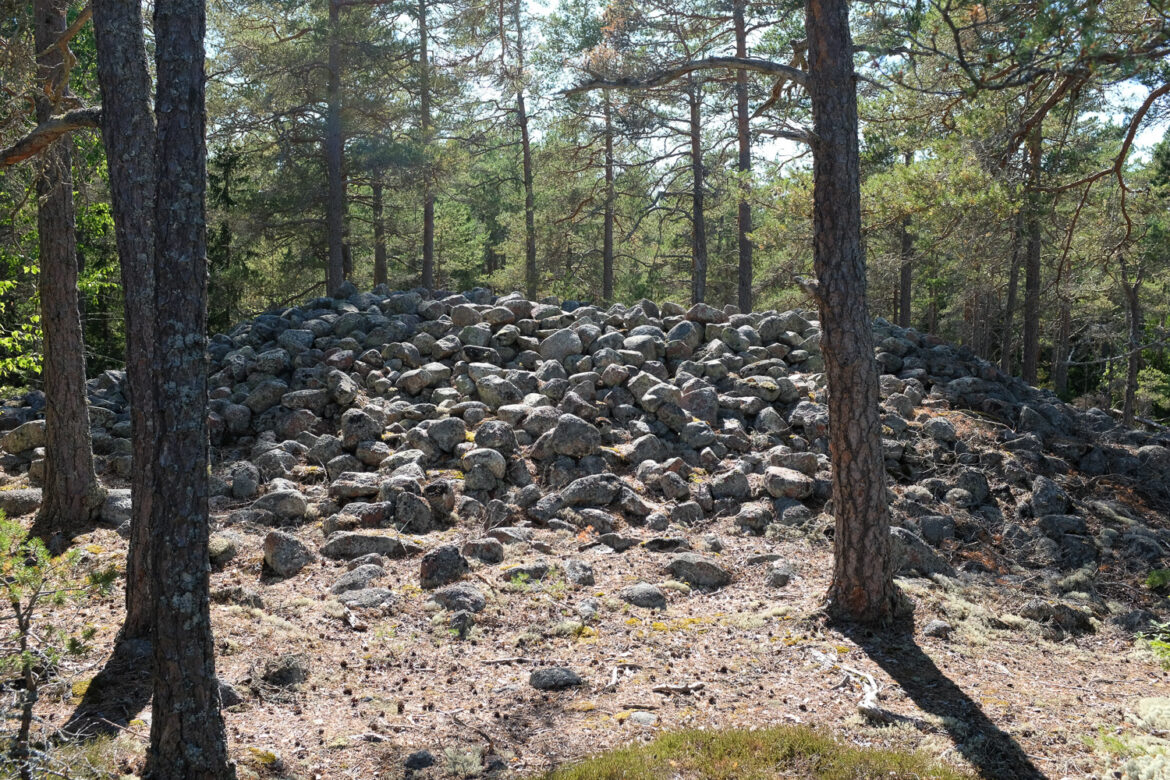[Warning: contains carnivorous behavior.]
The voice begins buried in the undertones of the voice before it, slowly rising through the sonic gradient until their roles switch and it becomes dominant. It is a man’s voice, recognizably Canadian, and even though we are only a few seconds into the presentation, his words already express doubt at the theme:
Let me say this, though – I don’t go for this ‘northmanship’ thing at all… I’m not one of those people who do claim that they’ve been farther north or so on, but I see it as kind of a game, this ‘northmanship’ thing. People say well, you know, ‘have you ever been up at the north pole on a dogsled trip for twenty-two days?’ and the other fella will say, ‘well, I did one for thirty days…’
But just as that voice rose from the depths of the mix, so does another, this one with more romance in its words:
I can’t conceive of anyone being in close touch with the north, whether he lived there all the time, or simply traveled there month after month and year after year – I can’t conceive of such a person being really untouched by the north…
These are two of the first voices heard in Glenn Gould’s experimental radio documentary, The Idea of North, part of his so-called “Solitude Trilogy.” In the beginning of the documentary, several voices – a woman describing her voyage north on a train, a man grousing about how ‘northmanship’ has become just another test of machismo, another man waxing poetically about the spiritual power of the northern landscape, a woman talking about walking out onto frozen lakes and feeling at one with the setting – are overlaid on one another, the music of their voices intermingling to bring at once a sense of the multitude of reactions these travelers have to the subject of the production – the concept of “north” as landscape and ethos, home and pilgrimage: the idea of “north,” whatever that might be.

